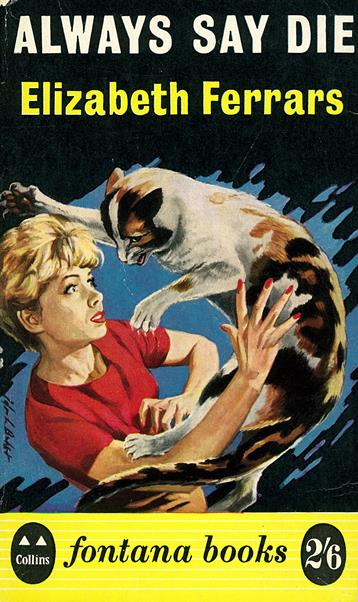I'm beginning to think I should re-name this blog "I Found It At the Lifeline Bookfair"! I found these on a small table devoted solely to the books of Agatha Christie at last weekend's Autumn book fair:
A Pocket Full of Rye (1958)
"An unusual sound penetrated through the almost sound-proof door of Mr. Fortescue's office. Muffled, it was yet fully recognisable, a strangled agonised cry..."
Even as Miss Grosvenor, Mr. Fortescue's secretary, came up to him, his body was convulsed in a painful spasmodic movement.
Words came out in jerky gasps.
"Tea—what the hell—you put in the tea—get help—quick get a doctor—"And that is, unfortunately, the end of Mr. Fortescue—but the beginning of one of Agatha Christie's most ingenious stories that takes all of the skill of Inspector Neale to solve.
The Labours of Hercules (1961)
A modern 'Labours of Hercules'—it was an idea that appealed to Hercule Poirot.In the period before his retirement, he decided to undertake twelve cases with special reference to the twelve labours of ancient Hercules.Amusing and original, each case more baffling than the last, we guarantee the Labours of Hercules will test the wits of the most ingenious armchair detective.
Peril At End House (1961)
An
unknown
agent
was
methodically
planning
her
death
—the heavy picture that fell across her bed
—the rock that landed at her feet
—the car brakes that failed
NOW—a bullet that missed her head by inches
Fontana cover artists of the late 50s and early 60s clearly had a thing for depicting young women in peril!




















